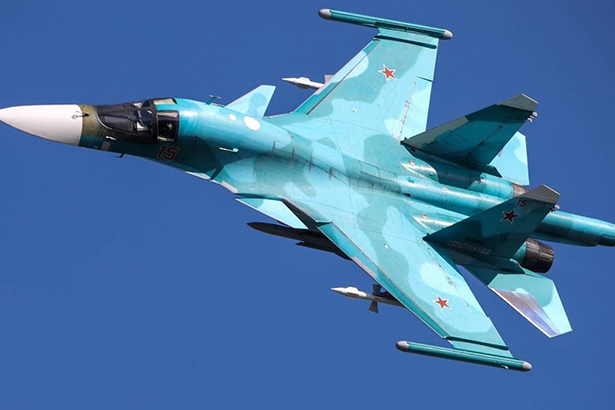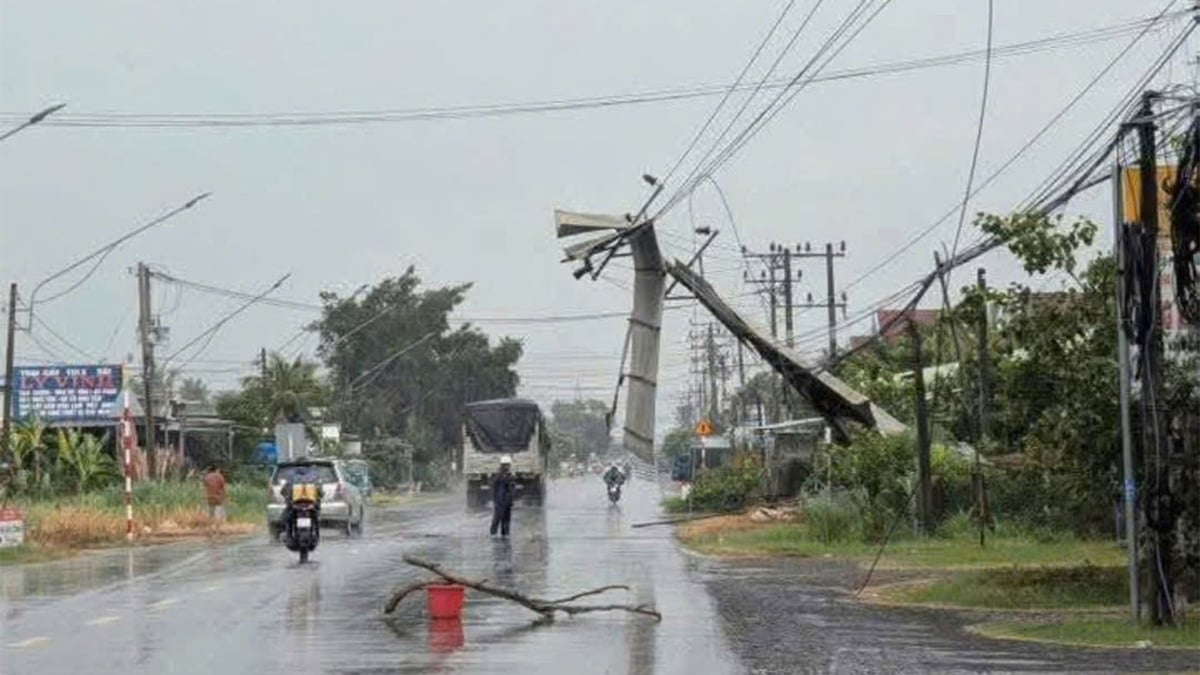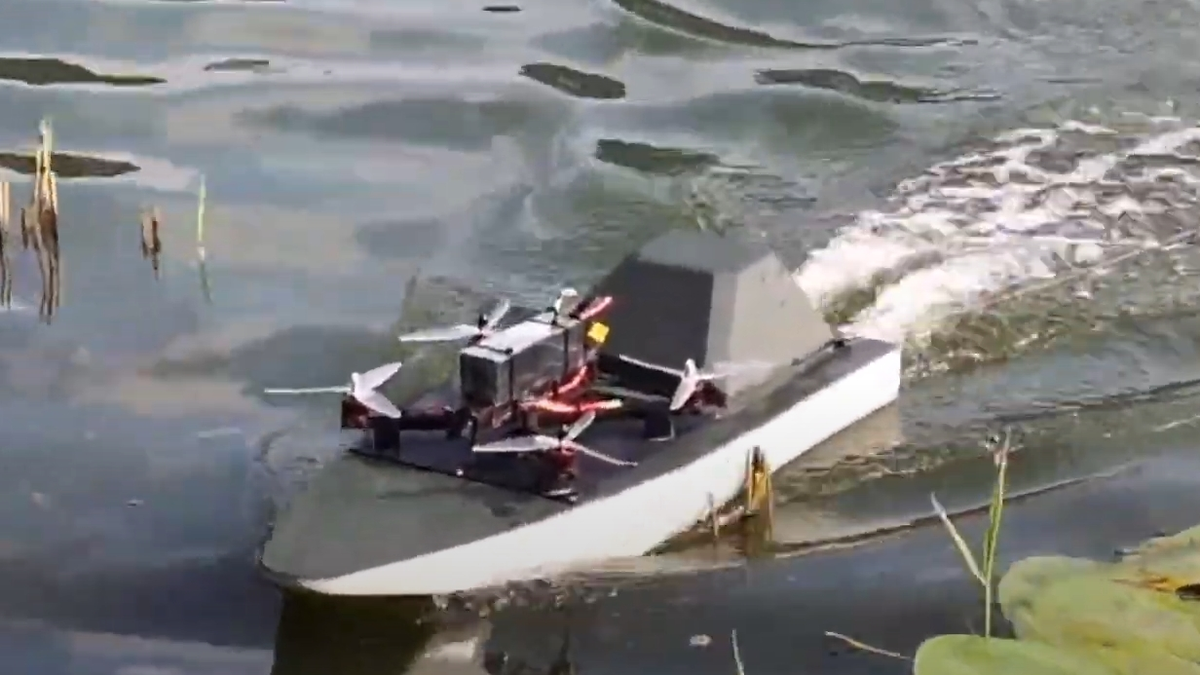Ukraine admits it cannot intercept Russian glide bombs and that these weapons are hindering Kiev's plans for a large-scale counterattack.
Russian Su-34 attack aircraft. Photo: TASS.
The British newspaper Telegraph reported that Russia is using guided bombs to bypass Ukraine's air defense system and challenge Kiev's counterattack plan. "Russia's new weapon is turning the tide of the conflict in Ukraine," the Telegraph article headlined, referring to Russian glide bombs such as the FAB-250 and FAB-500.
The bombs, which have a range far beyond Ukraine's tactical air defence systems, were moved to the front line to support the planned counter-offensive, the Telegraph explained.
According to Defense Express, FAB-250 bombs are mounted on a winged platform and equipped with an inertial navigation/positioning system, making them precision-guided bombs. After being separated from the aircraft, at a speed of 800-900 km/h, the bomb will dive towards the target at a distance of up to 80km. These bombs are often equipped on Su-34 bombers, used to attack targets deep in enemy lines. FAB-250 bombs are equipped with high-explosive warheads, used to attack ground targets, including command posts, defense structures, and combat vehicles.
Ukrainian officials estimate that the Russian Air Force is using at least 20 of these bombs in Ukraine every day, especially in the past month. “Every day, about 20 guided bombs are dropped on frontline areas. They fly up to 70-80km and are capable of targeting critical infrastructure. We cannot deal with these weapons, the Ukrainian air defense network cannot intercept them,” Ukrainian Air Force spokesman Yuri Ihnat admitted on May 2.
According to him, Russia is increasing the use of glide bombs because its cruise missile stockpile is starting to run out while Moscow has not been able to gain air superiority over Ukraine.
Colonel Ihnat said the best way to deal with guided bombs is to shoot down the fighter jet carrying them, but Ukraine needs air defense systems more modern than the Soviet-era S-300 complexes. Therefore, Kiev continues to call on the United States to provide F-16 fighters, a request that Washington has so far been unable to meet.
“Just one or two F-16 fighters are enough to deal with this type of bomb because when detecting fighters, Russian aircraft carrying guided bombs will avoid approaching,” said Mr. Ihnat.
In recent days, in addition to guided bombs, Russia has increased its use of cruise missiles and unmanned aerial vehicles (UAVs) to attack Ukraine's infrastructure such as railways, fuel depots, ammunition depots, and troop concentrations. This poses a challenge to Ukraine's spring counteroffensive plan, said Justin Crump, a representative of a British intelligence consulting firm. According to him, Ukrainian tanks and soldiers mobilized to the front line to prepare for the counteroffensive need to be scattered to limit damage if attacked by airstrikes, but must be able to assemble very quickly when necessary.
According to Western officials, Ukraine has assembled at least nine NATO-trained brigades along with hundreds of armored vehicles to prepare for a counterattack. Some experts predict that Ukraine’s counterattack will begin from Zaporizhia in the south, aiming to isolate the Crimean peninsula. In recent weeks, Russia has also stepped up its defenses in the territories it controls, especially southern Ukraine.
Czech President Petr Pavel warned Ukraine over the weekend not to underestimate Russia’s forces and not to rush into a counterattack without the necessary conditions. “It would be very disadvantageous for Ukraine if this counterattack fails, because they will not have another chance, at least not this year,” Pavel stressed.
According to Dan Tri
Source





















































![[Maritime News] More than 80% of global container shipping capacity is in the hands of MSC and major shipping alliances](https://vphoto.vietnam.vn/thumb/402x226/vietnam/resource/IMAGE/2025/7/16/6b4d586c984b4cbf8c5680352b9eaeb0)













































Comment (0)